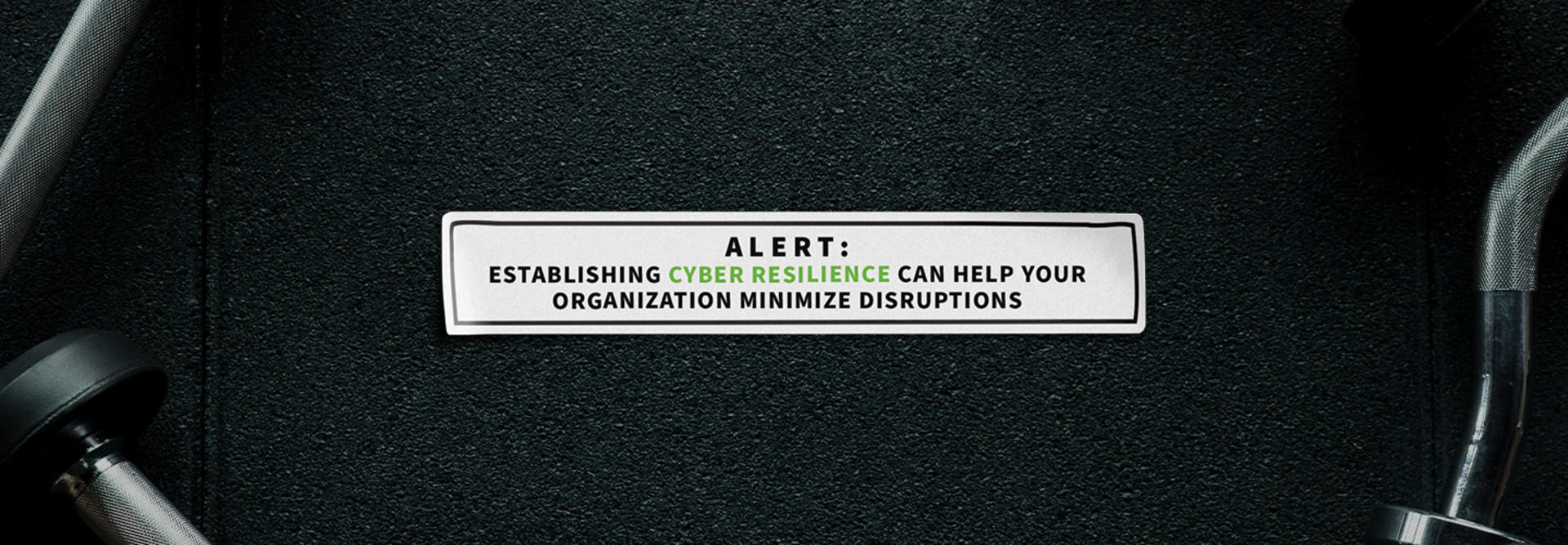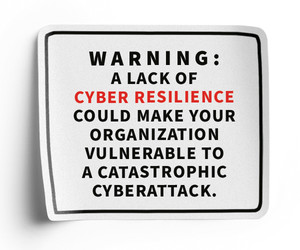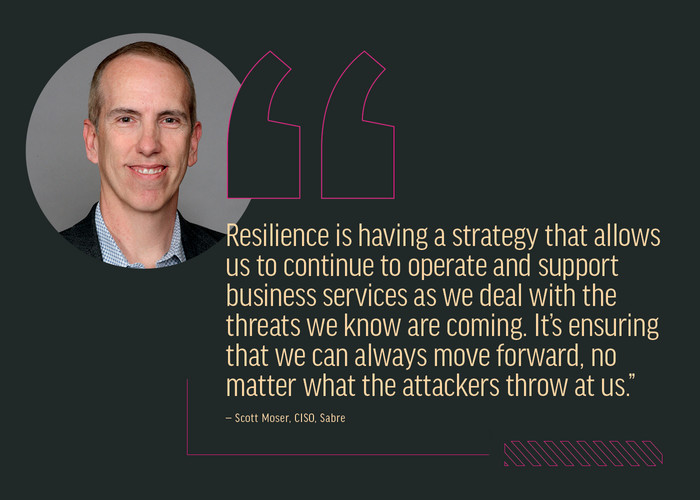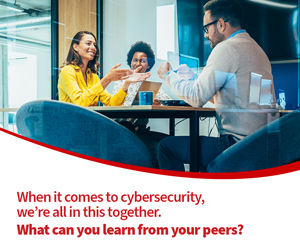“Most educational programs aren’t fun,” Moser says, “but the way they do it, our people look forward to it. And because they enjoy it, they remember what they learn.”
He adds that awareness training at Sabre is just one part of a three-pronged approach to building cyber resilience. The company relies on a wide range of solutions and processes for threat detection, protection and containment.
“Resilience is having a strategy that allows us to continue to operate and support business services as we deal with the threats we know are coming,” Moser says. “It’s ensuring that we can always move forward, no matter what the attackers throw at us.”
What to Know About Cyber Resilience
Given the frequency of cyberattacks, and considering how often bad actors are successful, it should come as no surprise that many IT leaders are developing resilience strategies similar to Sabre’s.
According to a report by the Identity Theft Resource Center, of the 3,122 data breaches at U.S. organizations in 2023, 75 percent were a result of cyberattacks. Overall, the ITRC found, there were
72 percent more data compromises last year than the previous all-time high reported in 2021.
This upward trend has led many companies to embrace tools and resources that not only fight the latest threats but ensure business continuity in a worst-case scenario.














